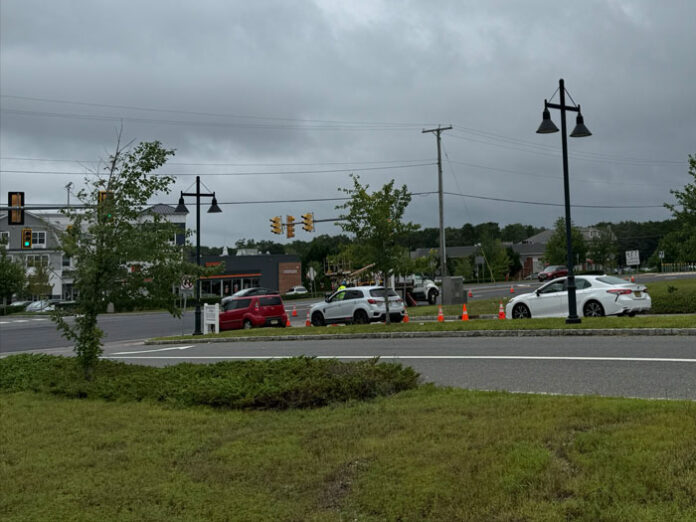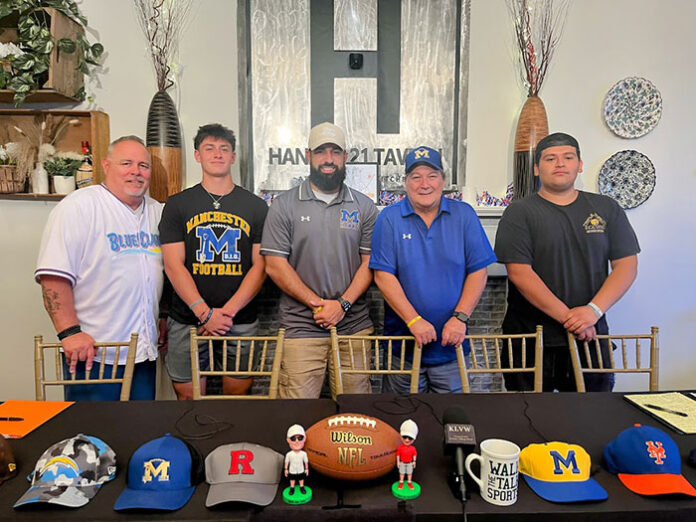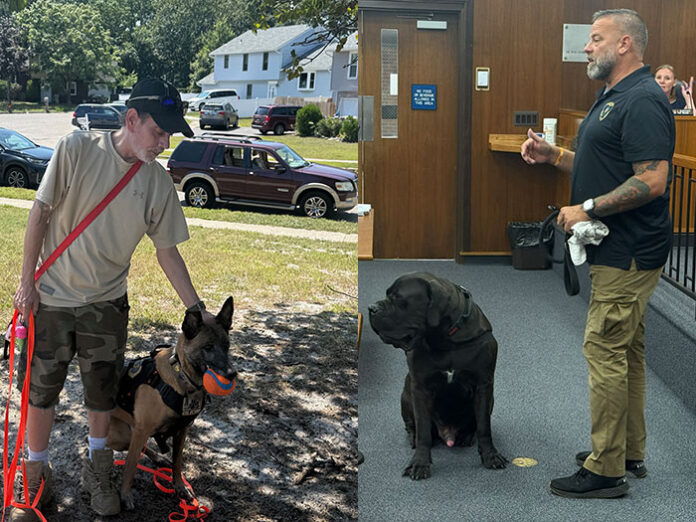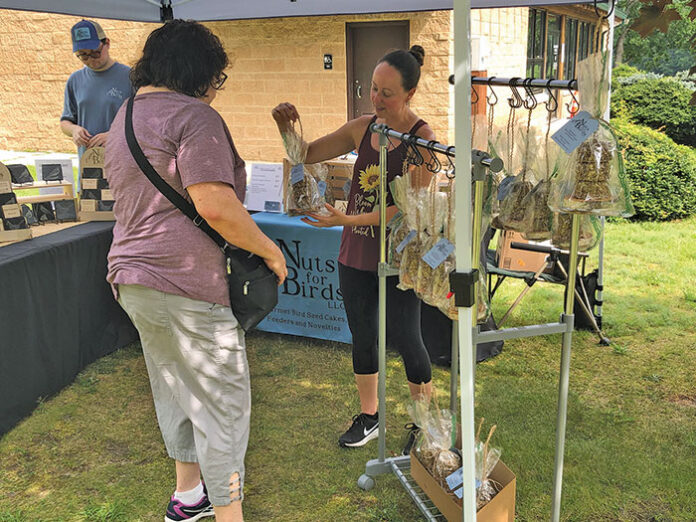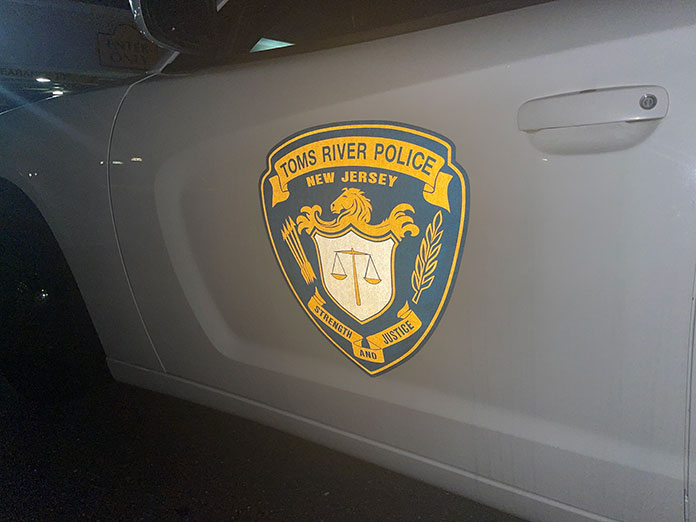LIGHT BARNEGAT One front yard on Bayview Avenue in Barnegat Light appears to most onlookers to be a big sandbox, the playground of a child’s dreams. However, insiders know that the sandy layout has a much more important function.
This is a maternity ward, not a playground.
Due to the kindness of homeowners Lisa and Michael Dolan, the northern diamondback terrapin, one of Long Beach Island’s most vulnerable inhabitants, now finds refuge in the front of their bayside home. Under the careful supervision of a committed team of volunteers known as the Terrapin Nesting Project, dozens of female terrapins emerge from the water here each season to lay their eggs in the warm sand.
Following a personal fight with cancer, environmental scientist and herpetologist Kathy Lacey started the initiative in 2011. Even though her life led her to Pennsylvania, she had long regarded Long Beach Island as her home. Lacey has extensive ties to this area; her sister sells real estate, her brother runs a neighborhood café, and she herself maintains a strong connection to the local ecosystem.
When a building ban was lifted in the region in 1984, Lacey noted that was the first time she started to worry about the diamondback terrapins. She claimed that I was well aware of the issues the turtles were facing. They acquired all of that land in High Bar Harbor and installed hardscaping in place of the sandy beaches that were there naturally.
The impact of the move was immediate and disastrous. Lacey added that the terrapins were having a horrible time. Almost no hatchlings remained in the bay after that.
Years later, Lacey and her spouse visited the island. Indicating that the eggs did not incubate and hatch, the two observed a variety of eggshells on top of the sand. According to Lacey, they had been dug up and consumed by predators like ravens and raccoons. “Kathy,” my husband replied, “you ought to take action on this.”
Lacey grinned, “He could kick himself ever since.” Because I had to say goodbye to my beloved as I left for the sea.
Armed with a resolve as solid as a turtle’s shell and initially supported by the Sierra Club, Lacey started knocking on people’s doors to inform them about the declining terrapin population. The majority were unaware that the turtles were in danger at all. She gathered 228 eggs that year, and 225 hatchlings arrived in the bay.
A Volunteer Community
There are currently dozens of active volunteers involved in the Terrapin Nesting Project, and each one is essential. They tend to the protected hatcheries, rescue eggs from high-risk locations like roadside ditches, and monitor neighborhoods for nesting females from May to July. The team keeps an eye on the eggs during their 60–90 day incubation period, which coincides with the hottest summer days. When the hatchlings emerge, they are released into the water.
According to Lacey, the volunteers have a strong commitment to the ecology, the project, and the terrapins. A few have been there from the start. Numerous people visit four days a week, and some even go from the mainland.
Lacey takes a methodical approach. A small PIT (Passive Integrated Transponder) tag is implanted beneath the skin of each turtle, along with a name and location record. These chips monitor the growth and migration of the turtles and aid in the prevention of poaching.
One new addition is Lilabeth, a terrapin that was found on 25th Street and described as gravid, a scientific term for bearing eggs. Barnacle fragments on her shell indicated how long she had been in the ocean.
According to Lacey, she has likely worked with nearly all 350 species of tortoises and turtles. “They definitely wouldn’t nest for you if you picked up any other turtles while they were trying to nest and placed them on sand,” she said. They would sprint in the other direction. These ladies need to know that we’re attempting to assist them, for whatever cause.
Lacey’s most recent intern, Kyle Kuren, consistently turns up to work on the project. Kuren, a third-generation reptile lover and recent biology graduate from Caldwell University, contributes significant experience to the project. He has worked as a veterinarian for 500 hours, primarily with reptiles, notably at the Bronx Zoo.
Kuren intends to eventually work with NJ Fish and Wildlife, which has tight regulations for the Terrapin Nesting Project.
Diamondback Terrapins: Important and At Risk
The brackish waters of the bay, where fresh and saltwater converge, are home to diamondback terrapins. They stay near shore, frequently within a few miles of their hatching location, in contrast to sea turtles, who migrate large distances.
As scavengers by nature, adult terrapins consume fish scraps, crabs, and even extra periwinkle snails. They eat algae in the marshes and mosquito larvae as hatchlings.
Between late May and July, the larger females than their male counterparts emerge from the bay to dig nests and lay a clutch of about twelve eggs. Warm sand, defense against predators, and, more and more, human interference are essential to their existence.
An entire brood can be destroyed by predators including foxes, ravens, and raccoons, according to Lacey. Then there is the degradation of habitat due to development and roads. Furthermore, these species are still being poached for food or the exotic pet trade.
The GPS of Nature
In addition to being practical, the Barnegat Light nesting site has scientific significance. Another location is kept up on High Harbor Bay. A few years later, many of the females who are hatched on either location return to deposit their own eggs there.
According to Lacey, they recall the overall location of their mother’s nest. Additionally, some of the early hatchlings are returning to nest now that we have this site since 2016.
Lacey warns volunteers against moving turtles from far locations to prevent overcrowding. The objective is to maintain the habitat, not to overburden it.

